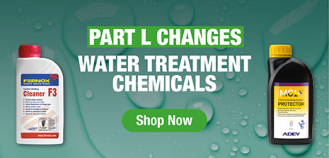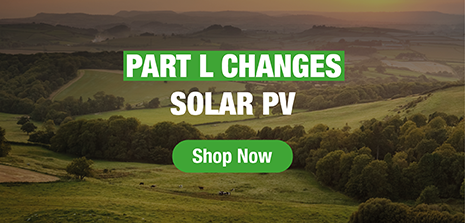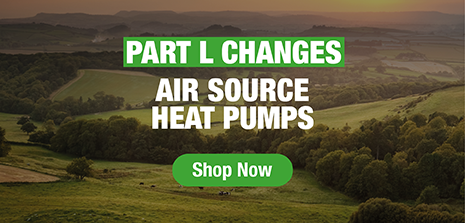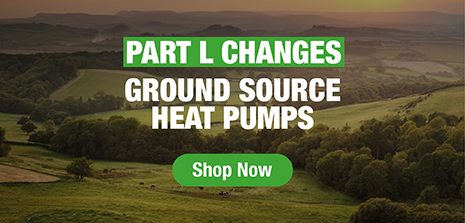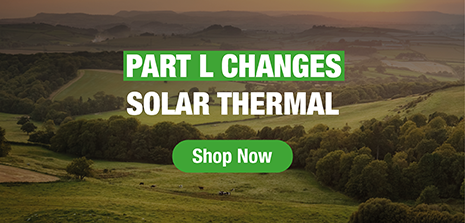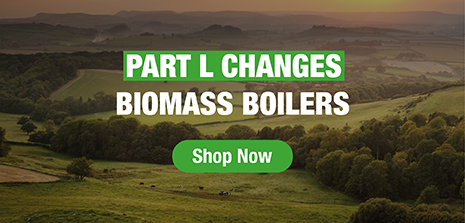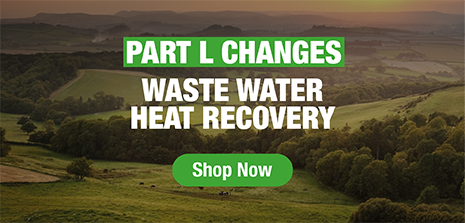Changes to Part L for 2023
The changes to Part L building regulations provide an uplift to existing energy efficiency standards for homes and are designed to be an interim step to more stringent legislation under the Future Homes Standard in 2025.
Under the new Part L changes, all new homes will be required to produce 31% less CO2 than is acceptable under the current Part L.
The new proposals include the requirement to install waste water heat recovery to all showers, heating systems flow temperatures to be no more than 55 degrees, and Solar PV and/or Low Carbon Heating technologies to be installed.

Areas affected by Part L changes
Water Treatment
The new British Standard for maintenance, commissioning, and preparation of cooling water systems and domestic central heating is BS 7593:2019.
Rather than simple boiler protection, this revised standard helps with whole systems health by driving the adoption of best practices, therefore marking a significant turning point.
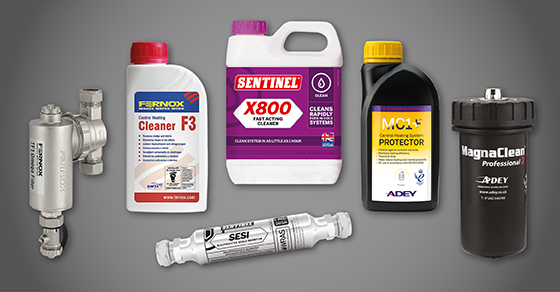
How to comply:
- All new and existing systems should be cleaned with chemicals designed for heating or cooling systems
- A flush should be completed on all new systems and when repairing existing systems
- An inline magnetic filter should be installed on all systems
- A scale reducer is recommended to be fitted to all systems, but any boiler with a scale rating of 200ppm or more must have a scale reducer
- All systems will need chemical inhibitors added and also anti-freeze if the system could be exposed to freezing temperatures
- A water test is required to test the level of inhibitor and the cleanliness of the system every year
- Inhibitors should be added to systems which fall below the required level with the inhibitor being fully replace every 5 years
- The use of biocides is needed within lower temperature systems as biocides inhibit the growth of microbiological organisms
Shop water treatment products:
Renewables
Under the new Part L changes, there is a bigger focus on building fabric under the Fabric Energy Efficiency Standard (FEES)
The changes in Part L will make heat pump solutions more attractive for heating and hot water as the distribution system will already be designed to maximum 55 degrees. By utilising heat pumps in the design it may also remove the requirement for Solar PV although this can still be desirable.
For heating replacements in retrofit projects, TRVs must be fitted in every room - besides
the one that contains the thermostat.
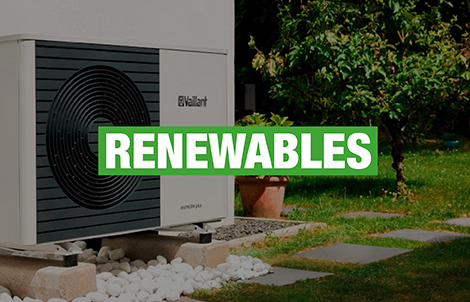
How to comply:
- All new builds should have Solar PV and/or Low Carbon Heating technologies, as well as Waste Water Heat Recovery
- If Solar PV is used, it should be proportional to the ground floor area
- Wet heating systems in new builds with a floor size of 150 square meters or more should have a minimum of two independent heating circuits
- All new builds should be designed to maximum 55 degree flow to allow for future heat pump installations
- Mechanical extract ventilation or mechanical ventilation heat recovery used in new build bathrooms
- All pipework and emitters (including UFH) be sized appropriately to allow space heating systems to meet the needs of a property whilst staying at or below 55°C





